Exposed pipe that may be source of petroleum on Buxton Beach is expected to be removed by May 24

An exposed pipe that is believed to be a source of petroleum on a closed section of Buxton Beach is expected to be removed by May 24, per an update from the U.S. Army Corps of Engineers (Corps) Savannah District.
On Friday, May 3, the Corps awarded a $525,000 contract to SLSCO, LTD for work at the former Naval Facility in Buxton. The contractor is visiting the site this week to assess the area, and has subcontracted the corresponding soil sampling and testing work to Dawson Hana.
The imminent pipe removal was announced on May 3 after the Corps made a visit to the Buxton area and met with National Park Service and Dare County officials to discuss the environmental and public safety issues at Buxton Beach.

An approximately 500-yard-long stretch of Buxton shoreline has been closed since two offshore hurricanes brushed the Outer Banks in September 2023, exposing old infrastructure from the former military site, as well as occasional petroleum smells and sheens.
The 50-acre oceanfront site was used by the Navy from 1956-1982, and the Coast Guard from 1984-2010. Both military branches used the property under an agreement with the National Park Service that the area and beaches would be returned to their natural, pristine condition once the military agencies left the area.
In 1998, the U.S. Army Corps of Engineers (Corps) approved the Buxton Beach area as a Formerly Used Defense (FUDS) site, which is a designation that allows the Corps to address environmental liabilities that stem from Department of Defense activities.
In the years that followed, the Corps removed abandoned buildings and structures – including the Navy’s former Terminal Building which was used for submarine detection during the height of the Cold War. The Corps also removed 4,006 tons of petroleum-contaminated soils (PCS) in the early 2000s, while the Coast Guard removed some – but not all – of the buildings and wastewater facilities that they used prior to their departure in 2010.
As of early May, most of the infrastructure has been covered by sand after consistent mild weather and southerly winds, but during multiple storms in the winter and spring months, the remnants of some of these old structures were clearly visible along the shoreline.
National Park Service (NPS) personnel initially noticed that the exposed steel pipe was emitting petroleum smells after a storm, although it is unknown if there are other petroleum sources and/or additional contaminants in the area. NPS personnel and beachgoers have also reported finding clumps of peat that smell like fuel in the past few months along the shoreline, and these likely stem from former marshes and other sites that are further away from the oceanfront.
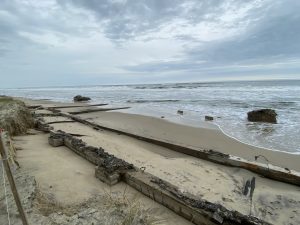
The three-tenths-of-a-mile closed section of Buxton Beach will not necessarily reopen after the pipe is removed due to additional exposed infrastructure and debris, and the possibility of more than one source of petroleum infiltrating the area. However, removing the pipe and conducting the testing work may provide some initial answers as to where the petroleum is coming from.
“In addition to the contract for the pipe getting awarded and engaging in more communication, a research team from the Environmental and Munitions Center of Expertise is currently doing a deep dive into the site, researching archived facility and real estate records, prior removal and remediation actions undertaken at the site, maps and other information provided to the Army Corps of Engineers that are associated with the site,” stated the Corps in the May 3 press release.
However, the press release also noted that there are no current plans by the Corps to remove the other remnants of the former military site, like the Terminal Building foundation.
“Now that we have that contract, we will remove and follow the pipe to wherever it leads, because it’s covered under the FUDS Program,” said Commander Col. Ron Sturgeon of the Corps Savannah District in the May 3 press release. “I acknowledge concerns over removing the remaining infrastructure. However, this activity is not authorized under the FUDS Program because it’s not considered an environmental hazard associated with contamination left behind by a former DoD activity.”
“We have reoccurring meetings with our regional, federal partners such as the National Park Service and the Coast Guard,” said Col. Matthew McCulley, South Atlantic Division deputy commander, in the press release. “We will coordinate with our higher headquarters and our regional federal partners to determine if there’s any existing programs that can be used to remove this infrastructure.”
The upcoming pipe removal and Buxton Beach was a primary topic at the May 7 Dare County Board of Commissioners (BOC) meeting during Chairman Bob Woodard’s opening remarks, as well as the public comments portion of the meeting.
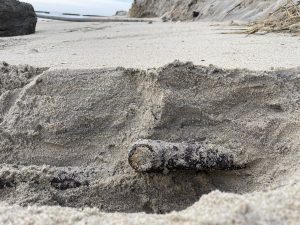
“I can’t help but feel like the trip that myself, Vice Chairman Overman, Commissioner Couch, and the County Manager made to D.C. concerning the petroleum issue in Buxton, that we made some progress,” said Chairman Woodard, referring to an April trip where the commissioners met with Senator Thom Tillis’ staff. “Superintendent Hallac had been working with [the Corps] for almost eight months and not getting much response out of that group, and so I feel like just three weeks ago, in this short period of time, that we did make some progress meeting with our legislators in D.C.”
Buxton Civic Association (BCA) members Brian Harris, Heather Jennette, Wendi Munden, and Jason Hall attended the BOC meeting, as well as Hatteras Island County Commissioner candidate Aida Havel and letter-writing campaign originator Susan Sigmon.
Jennette, Havel, and Sigmon all spoke during the public comment section, and had a united message that while the initial progress was promising, there was much more work to be done.
“I would challenge a few things that [the Corps] pointed out, saying that they may only be responsible for cleaning the hazardous material,” said Jennette. “Their [website] currently states that their responsibilities include, but are not limited to, ‘cleaning up hazardous, toxic and radioactive waste sites, removing munitions and explosives of concern and munitions constituent, and doing building demolition, and debris removal.’ So, it is our stance that they are responsible for more than just removing one pipe.”
“We are here today to ask the Board of Commissioners to assist us in keeping this momentum going, and to help expedite a solution to these hazards, which have the potential to really devastate our community,” added Jennette. “We’re asking that you take this opportunity to respectfully demand some accountability.”
Havel and Sigmon echoed these sentiments.

“I’m here to implore you today to keep up the pressure,” said Havel. “As I understand it, the Corps has only agreed to remove one pipe, and perhaps whatever it is attached to. We all know that that is not nearly enough. This cleanup effort is going to take months and perhaps years.”
“We cannot accept anything less than full remediation,” said Sigmon. “The removal of a pipe is not going to cut it. We – as a community – have to ask for nothing less than full remediation of that area.”
Meanwhile, the recently launched Buxton Civic Association also announced that they would be attending and sponsoring the North Carolina Beach, Inlet & Waterway Association meeting on May 9-10 in Emerald Isle, N.C., to further explore and discuss the Buxton Beach issue. Both Hatteras Island Commissioner candidates will also be attending.
“To our knowledge, this will be the first time Hatteras Island has ever had representation there,” stated the BCA in an online update. “We’d like to thank former NC house representative Mike McIntyre for the suggestion and information on the group, NPS for their continued push, and the Dare County Board of Commissioners for a great week… things look to be moving much quicker than anticipated and finally in the right direction.”
For more information on Buxton Beach, and how to get involved
- The Buxton Civic Association, which was formed as a community initiative to respond to the Buxton Beach issue, meets the first Tuesday of every month at the old Buxton Volunteer Fire Department building beside Burrus Field. The next meeting is June 6 at 6:00 p.m. and the public is welcome and encouraged to attend.
- Developing info from the Buxton Civic Association (BCA) can be accessed via the organization’s new website at Buxtoncivic.com or through the BCA’s official Facebook page.
- The public can also join the ongoing email and letter-writing campaign, which was launched in mid-March by Buxton community members.
- Visitors who encounter a fuel smell or fuel sheens while visiting the Buxton shoreline near Old Lighthouse Road should call the National Response Center at 1-800-424-8802 to report the encounter. Include the date, time, location, and basic details of what was seen or smelled, and do not call if you have not experienced the issue first-hand, or have not been physically affected.
- For more information on the background of the current Buxton Beach issues from the Island Free Press, click here.
- Remember that while the environmental issues at Buxton Beach are considered to be a growing emergency, just three-tenths of a mile of the shoreline is closed, out of 75 miles of National Seashore. In short, the public can still visit and enjoy Buxton, and Hatteras Island in general. The primary concern is that this issue needs to be addressed now, before it has the time and weather-driven opportunity to spread.
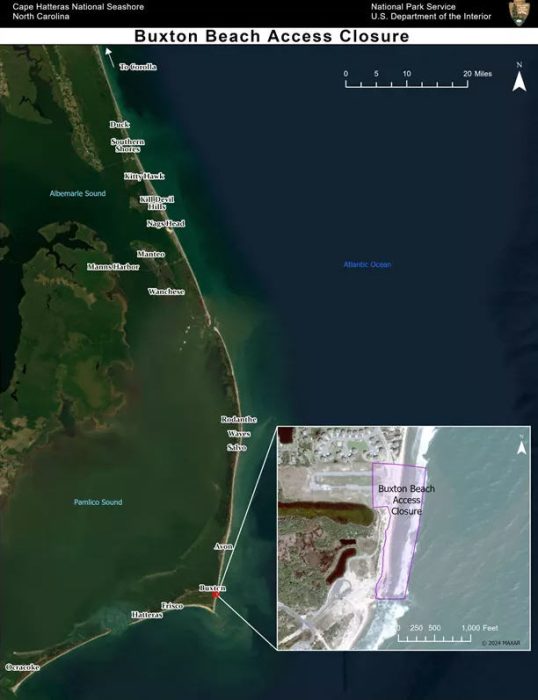





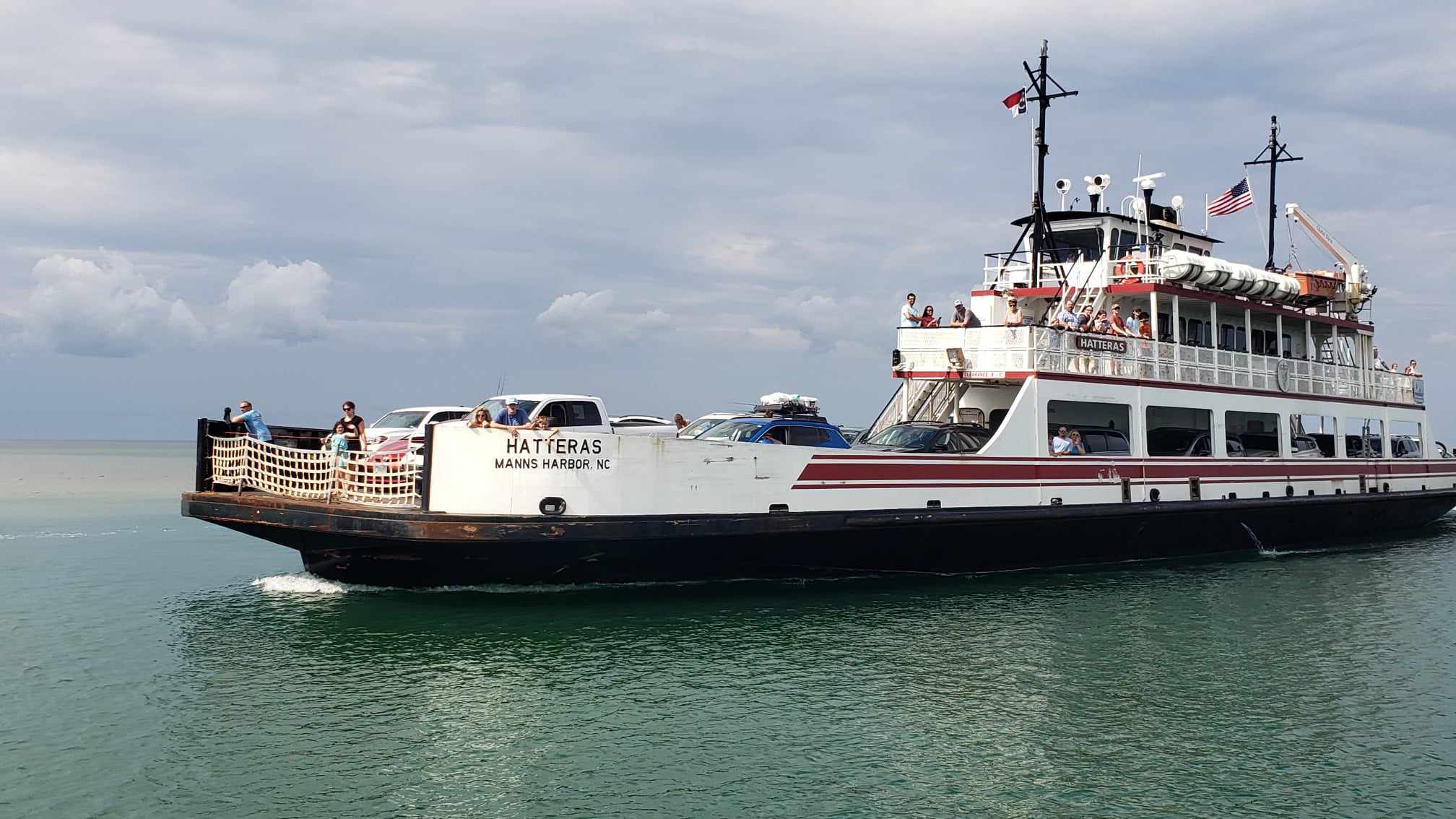




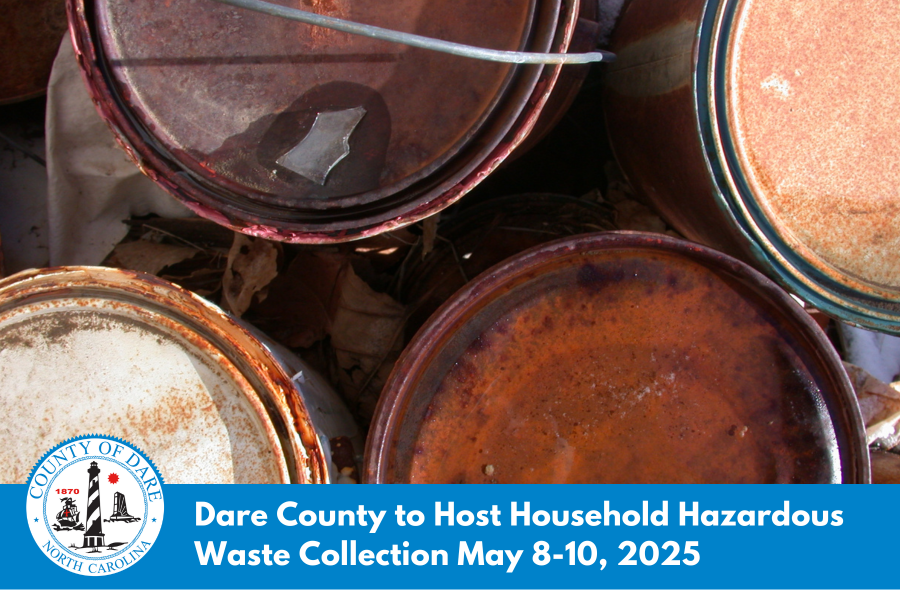
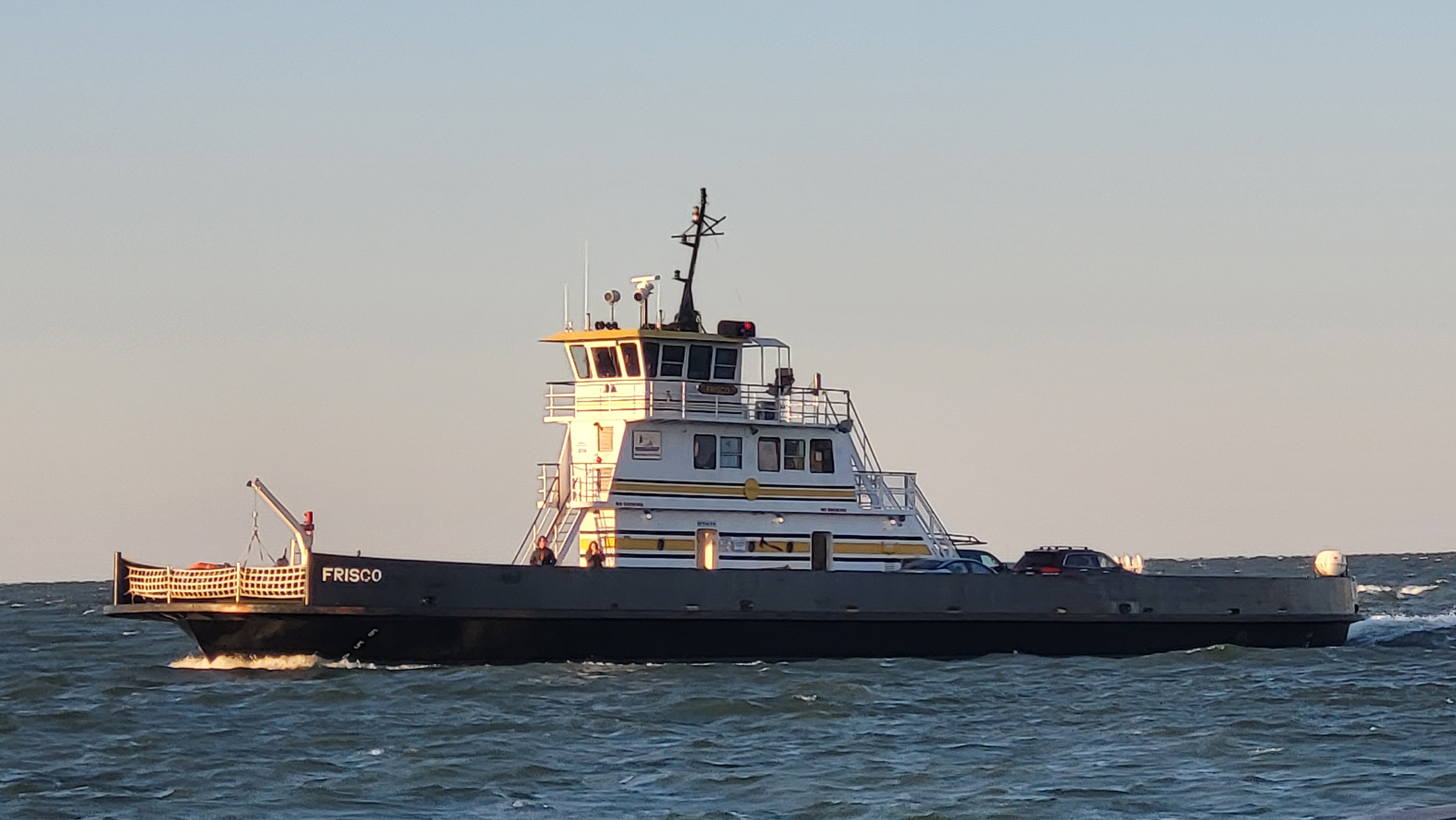


A perfect use for Tourism Board’s slush fund.